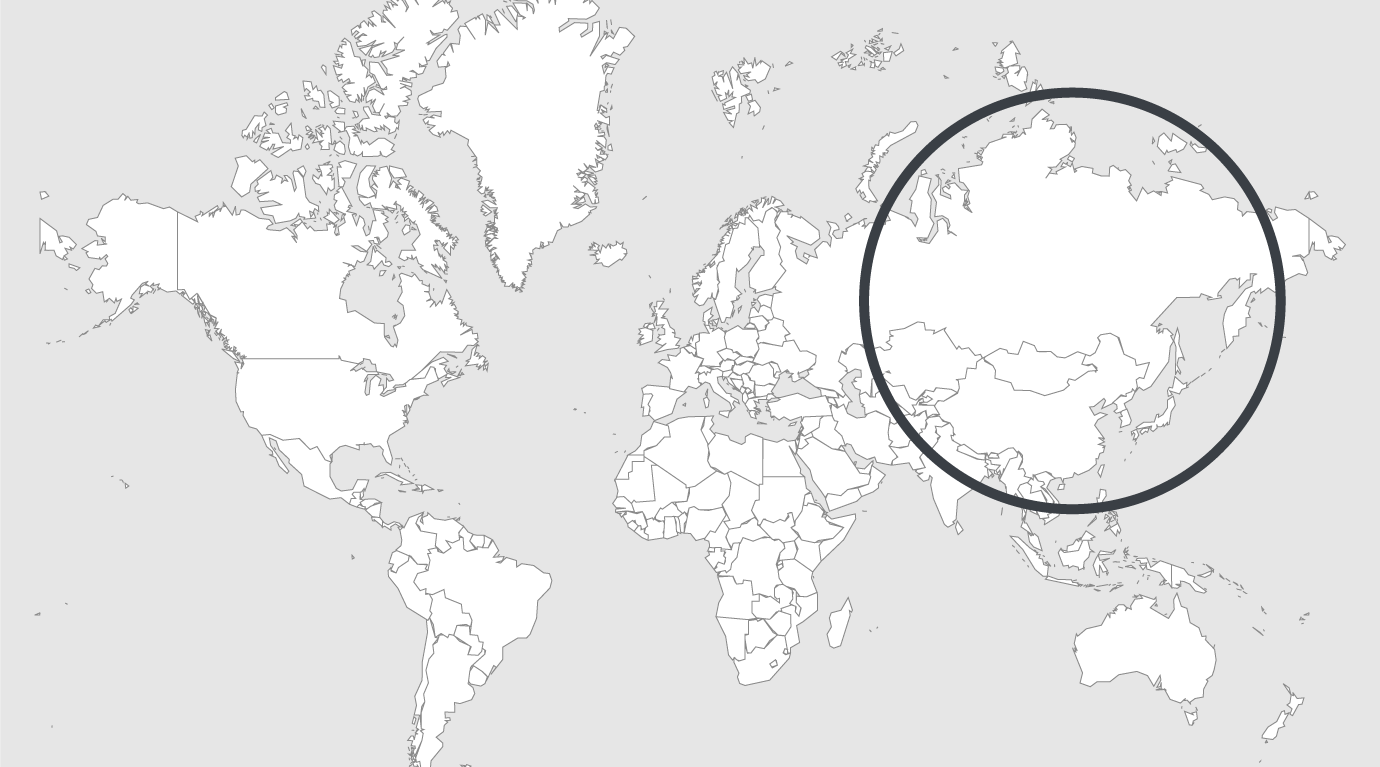
Explore
Pakistan: decoding the prison class system
The recent accountability drive has seen a number of high-profile prisoners — including former president Asif Ali Zardari and former prime minister Shahid Khaqan Abbasi — demanding that they be provided better class facilities in jail. However, the Pakistan Tehreek-i-Insaf government in its latest move has decided to withdraw provision of ‘A class’ jail facilities to these under-trial prisoners.
How is a prisoner classified?
A prisoner confined in prison may be classified as a convicted prisoner, an unconvicted or undertrial prisoner, a civil prisoner or a state prisoner.
What is the prisoner class system?
According to the Pakistan Prisons Rules 1978, convicted prisoners are classified into superior class; ordinary class; and political class.
Superior class includes A and B class prisoners. Ordinary class comprises prisoners other than superior class. Political class comprises prisoners who commit crimes not for personal gain but for political motives. This class is not criminal and does not require reformative or correctional treatment.
There are only two classes of under-trial prisoners; better class and ordinary class. Better class includes those under-trial prisoners who by social status, education or habit of life have been accustomed to a superior mode of living and will correspond to A and B class of convicted prisoners. Ordinary class will include all others and will correspond to C class.
How is the class of a prisoner decided?
A class contains all prisoners who are: casual prisoners of good character, by social status, education and habit of life have been accustomed to a superior mode of living and, have not been convicted of offence involving elements of cruelty, moral degradation, personal greed, serious or premeditated violence, serious offence against property, offences relating to the possession of explosives, firearms and other dangerous weapons with object of committing or enabling an offence to be committed and abetment or incitement of offences falling within these sub-clauses.
Former or serving gazetted military or civil officer, or a sitting or former parliamentarian are eligible for the superior class.
Class B consists of prisoners who by social status, education or habit of life have been accustomed to a superior mode of living. Habitual prisoners can be included in this class by order of the government. Class C consists of prisoners who are not classified as A and B.
Who decides the class?
For ‘A’ and ‘B’ classes the classifying authority will be the government. Courts may classify prisoners into A and B class pending final orders of the government. Class ‘C’ will be classified by the trying courts, but such prisoners will have a right to apply for revision to the government.
How are political prisoners categorised?
Classification of political prisoners is determined by the authority ordering their retention in prison.
Read full article
